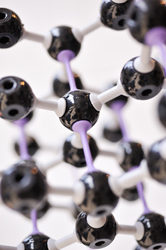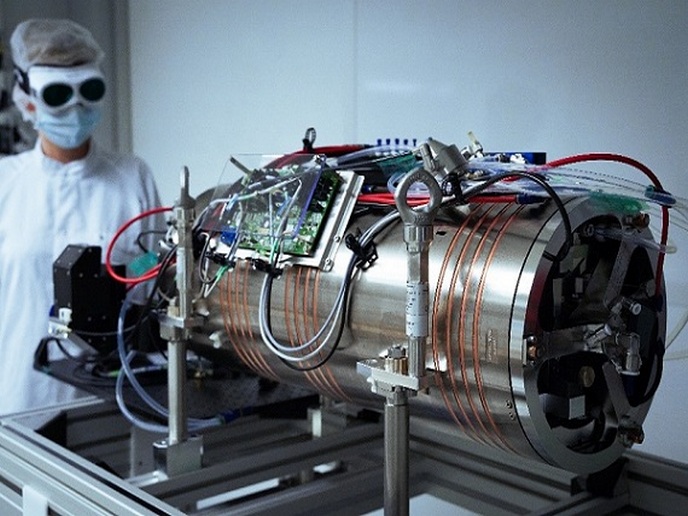Mechanised molecules under load
Machines parts, such as cogs, flywheels or pistons, do not move unless a force is applied to them. On the other hand, molecules are in constant motion. The MECHMOL project partners have found a way to rectify random motion in the molecular world to generate a directional force and carry out macroscopic tasks. Indeed, they did this so effectively that the synthetic molecular system developed is capable of transporting objects many times more massive than itself. The relative movement of the constituents of rotaxanes and catenanes with respect to each other was holding the key to performing a well-defined task and measurable work with this molecular shuttle. Rotaxanes and catenanes belong to a new class of molecules composed of smaller molecules, which are not connected by chemical bonds and thus can move independently. More specifically, catenanes are fundamentally made from interlocked macrocycles. In the case of rotaxanes, the macrocycle is locked onto a linear thread with bulky stoppers on both ends. The macrocycle of rotaxanes contain pyridine groups that allow grafting the molecular shuttle on well-ordered self-assembled monolayer of 11-mercaptoundecanoic acid deposited on a gold substrate. The resulting ordered monolayer and multilayer films were characterised by X-ray photoemission spectroscopy and scanning tunnelling microscopy. Each technique confirmed the complete and uniform coverage of the self-assembled monolayer by thin films of rotaxane molecules with the long axis of their linear thread parallel to the gold substrate. The transport of small drops of liquid over the photo-responsive molecular surface, when exposed to ultraviolet light, provided evidence that the macrocycles of rotaxane molecules switched position. Light was considered to fuel chemical reactions which in turn caused changes in the position of individual molecules. Their collective motion could ultimately lead to the transport of a small liquid drop over a length a million times larger than the initial change in the conformation of the rotaxane molecules. In doing so, the photo-responsive surface of the switchable rotaxanes acted as a molecular shuttle that could be used in delivering analytes in a lab-on-a-chip environment and other applications.







